Which Kind of Gutter Protection is Best? The Ultimate Guide
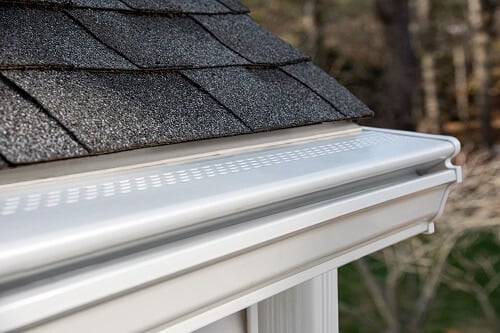
Have you ever wondered if your neighbors are talking about that tree growing in your gutter?
Are you sick and tired of climbing up a ladder to unclog your downspouts?
Do you worry that your gutters will overflow and cause fascia or foundation damage?
If you've ever asked these questions, you're not alone.
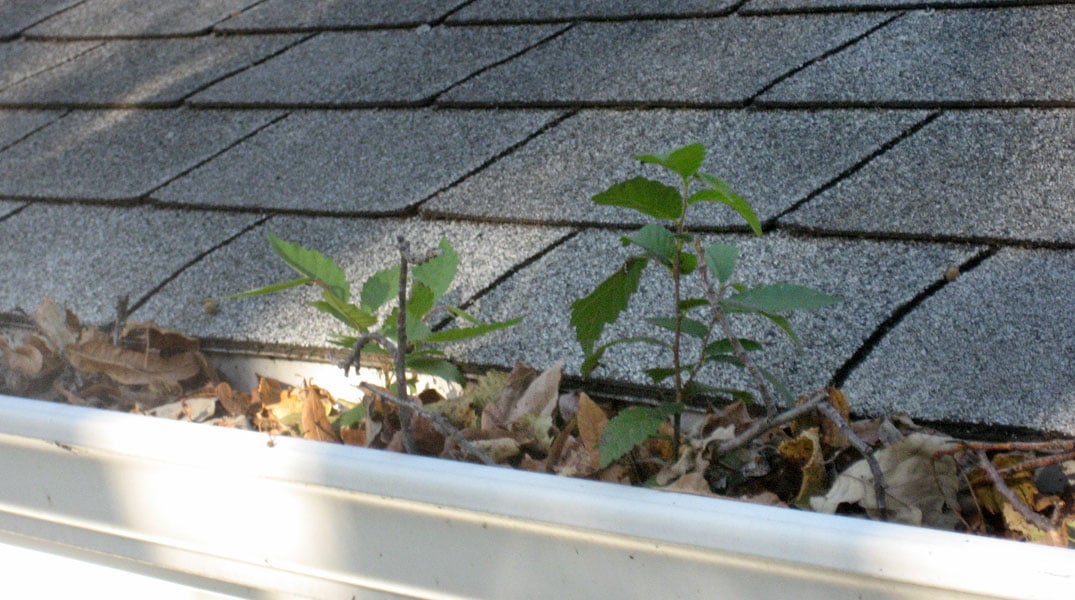
What is Gutter Protection?
Gutter protection is any device or method that keeps debris and foliage out of your gutters, and more specifically, out of your downspouts.
There are many methods of gutter protection which may include, but is not limited to: screens that cover the mouth of the downspout, brushes or foam that sit in the gutter and capture leaves and sticks before they get to the downspouts, metal screens that cover the top of the gutter, and covers of all shapes and sizes.
Why Do I Even Need Gutter Protection?
Before we even discuss types of gutter protection, you may be wondering if gutter protection is even worth the time and financial investment. Realistically, not every house is a candidate for gutter protection. Many new constructions are in areas that are very clear of foliage and trees.
If you live in an area with very few trees around your home, it may not make sense for you to put any type of gutter protection on your home.
However, if you live in an area with trees surrounding your home, it may be a good decision for you to put gutter protection on your home.
The Main Reason for Gutter Protection
The main reason to get some form of gutter protection is to avoid clogged downspouts.
Clogged downspouts do not let your gutter drain, which allows water to back up in your gutter. When your gutter is full of water, it will begin to flow out.
It may go over the front of your gutter and drip down the face of the gutter onto your landscaping below. It may go over the back of your gutter and begin to rot away your soffit and fascia. But if enough water spills over, it starts to affect the foundation of your home.
When the ground around your home absorbs water and then cannot disperse it, your foundation feels the pressure. When the water eventually dries, it creates small areas which relieve the pressure on the foundation.
All of this expanding and contracting can cause significant damage to your home's foundation.
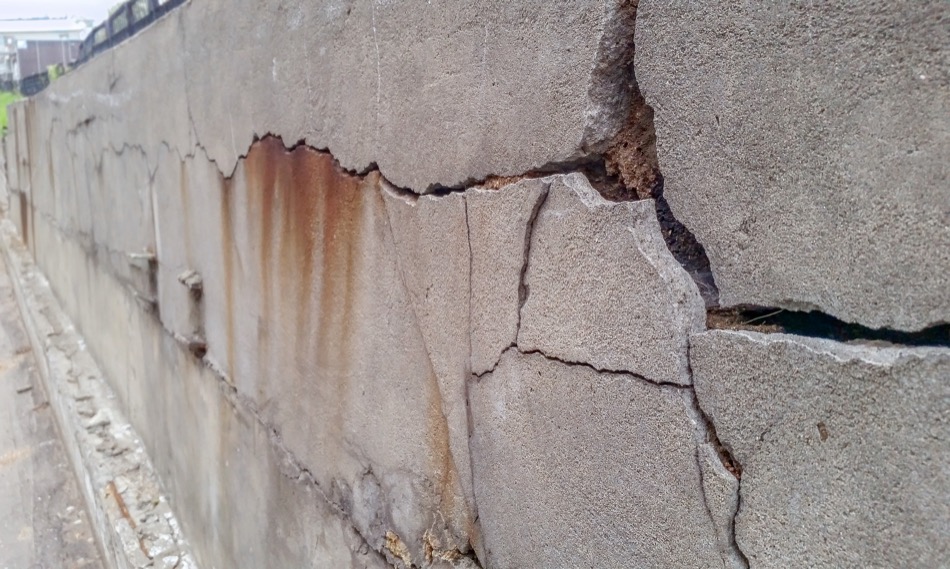
Other Great Reasons for Gutter Protection
In addition to protection your foundation, you may want to consider gutter protection if:
- You want to stop climbing a ladder to clean your own gutters.
There may be a need to clean off the top of the guards, but even the slight debris that may sit on the gutter protection system is often cleared away by wind or rain.
- You want to stop paying someone to clean your gutters.
- You want to protect your gutters from water damage and rust.
If moisture-heavy leaves and pine needles are sitting in your gutters, they are more prone to rust and corrosion. Gutter protection allows your gutters to dry much more quickly after a rainfall.
- You want to protect your gutters from pest infestation.
One of the benefits of gutter protection is that it can prevent vermin and insects, such as mice, squirrels, birds, bats, spiders, and mosquitoes from living and breeding in your gutters? This is because gutter guards severely limits the amount of standing water that is in your gutters.
Additionally, gutter protection is a barrier to possums, birds, and rodents, which might otherwise figure out a way behind the fascia boards and into your roof/attic space.
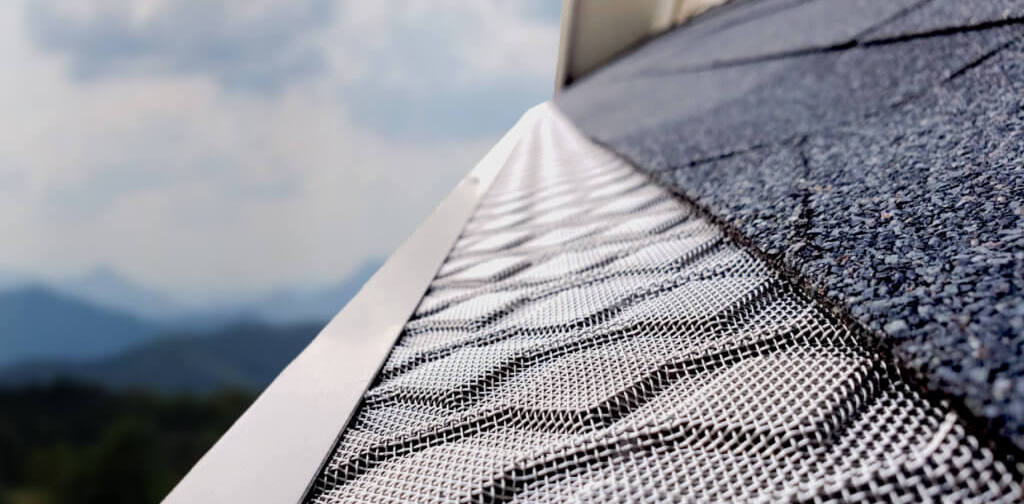
What are the different types of gutter protection?
Gutter protection falls into three main categories: covers, screens, and inserts.
Inserts
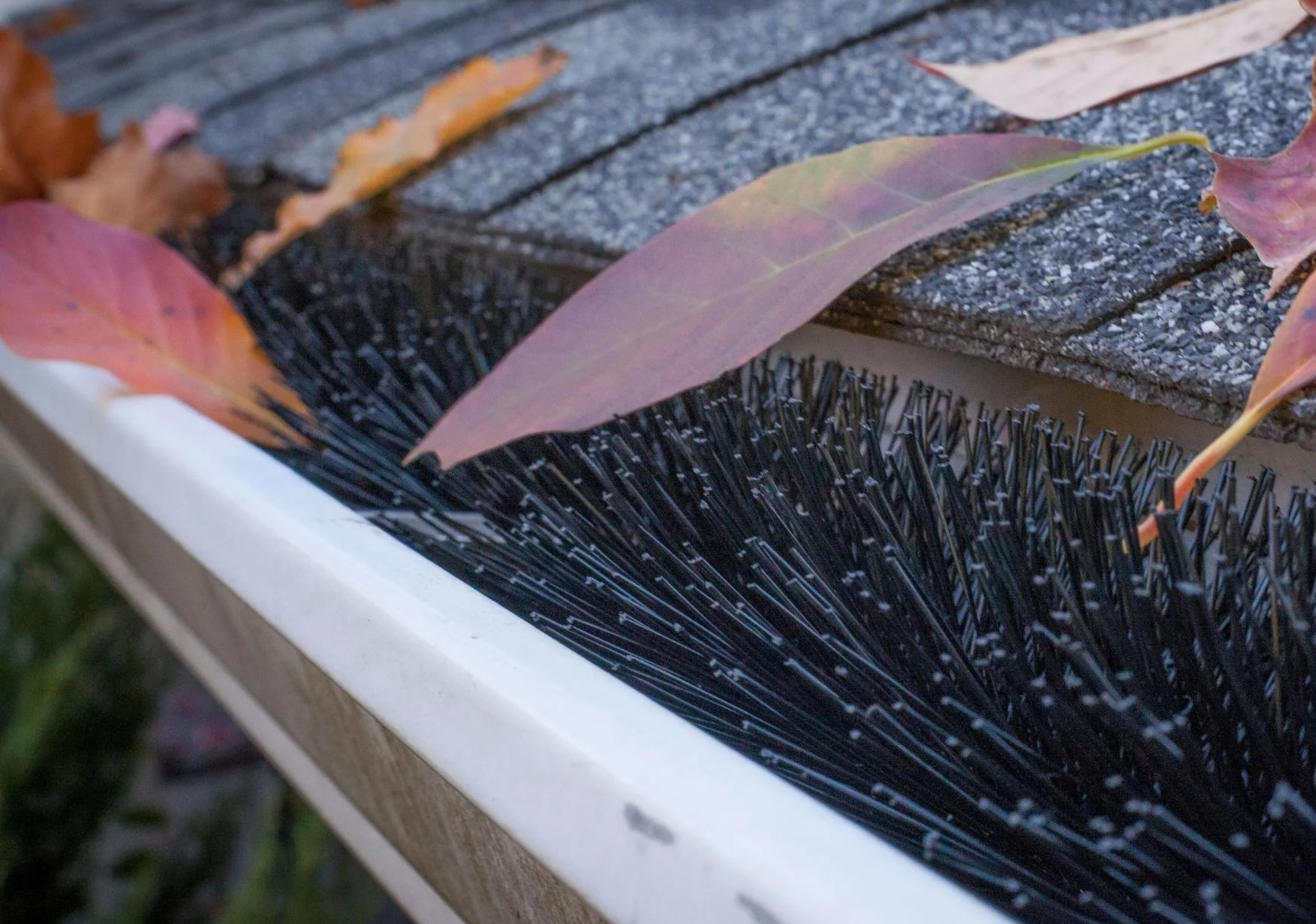
Inserts are any kind of brush, bristle, or foam that sits inside the gutter and allows water to flow over them, but keeps leaves and debris from getting to the downspouts. At Edge Gutters, we do not install insert-style gutter protection.
Pros:
- These type of gutter guards are usually cheap.
- These are very easy to install.
Cons:
- Twigs and leaves often get stuck in the bristles.
- They can be a fire hazard.
- They are often unsecured and therefore rain, wind, and pests can move them.
At Edge Gutters, we do not install insert-style gutter protection.
Screens
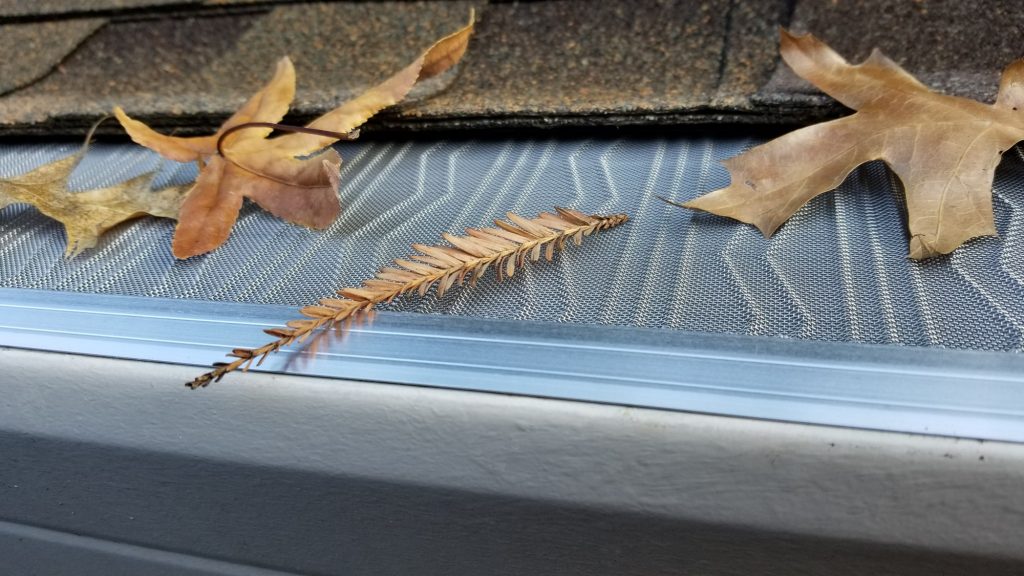
Screens are the most common type of gutter protection. There are hundreds of varieties of screens across the country. These screens are usually made of aluminum or some kind of steel. The basic idea of a screen is that it keeps debris (of varying sizes depending on the screen) out of the gutter while allowing water to flow through the screen into the gutter.
Pros:
- These guards are usually very effective.
- Most screens will be cheaper than gutter covers.
- Screens are made from durable materials and are very long lasting.
- Reduces the need for frequent cleaning.
Cons
- They still require minimal maintenance to keep the tops of the screen clear.
- If screens are not screwed down, they can be blown away.
- Some debris may still get through the larger type of screens.
Screens typically hit the sweet spot of cost and effectiveness.
Covers
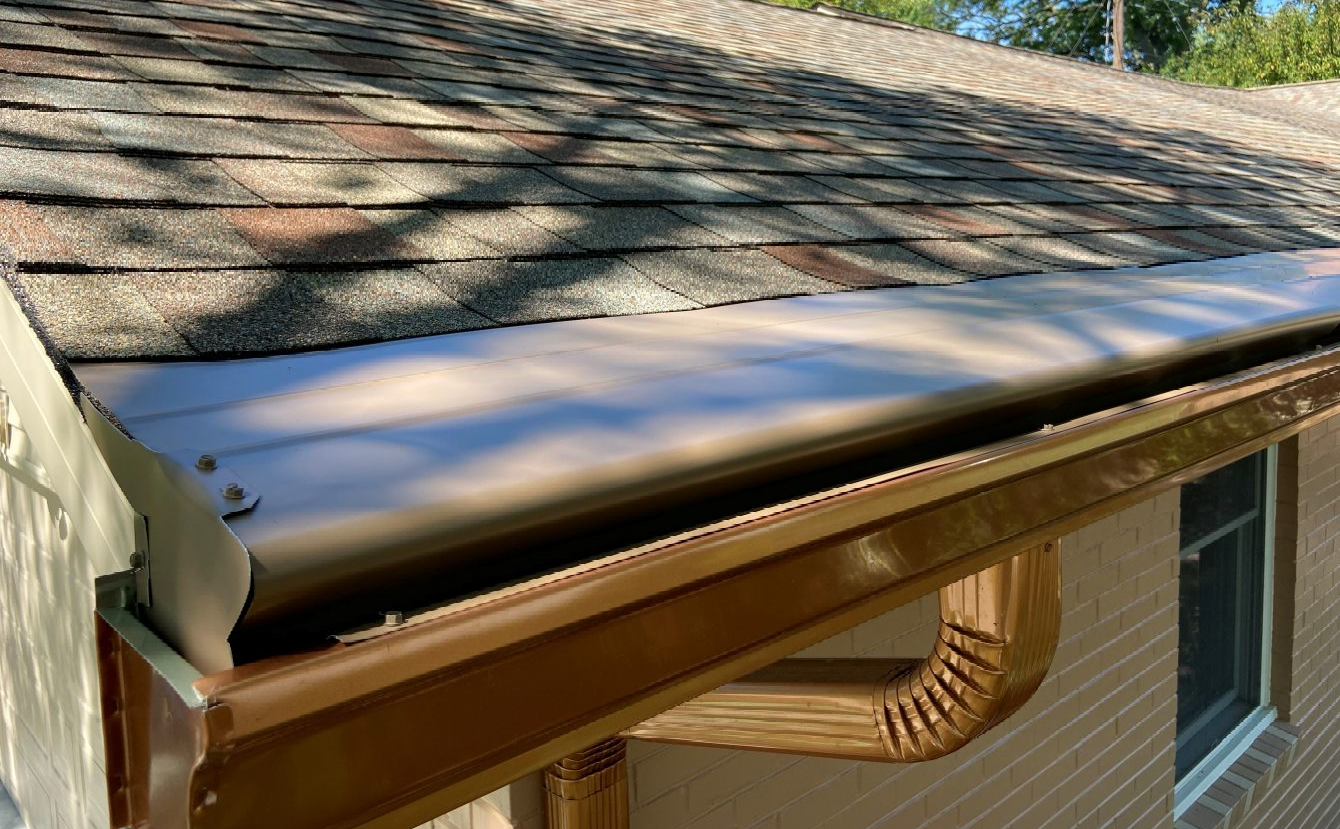
Gutter covers may be what you think of when you think about gutter protection. The are many versions of gutter covers, but they all function similarly. Some have holes in the top for more water flow, and different types may sit higher or lower in the gutter.
Pros:
- They prevent almost all debris from entering the gutters.
- Covers can have more color variety than screens. This may allow you more flexibility in aesthetic choice.
- Covers are usually very heavy duty.
Cons:
- They cover almost all of the gutter. Even with their rounded shape, they may not catch all of the water. This may lead to water running off of your roof.
- They are visible above the lip of the gutter. Gutters are more noticeable than other types of gutters.
Choosing Gutter Protection
If you have leaves, pine needles, acorns, or any kind of debris or foliage in your gutters regularly, you should consider gutter protection.
The three main things to consider when choosing which gutter protection you want are: the type of foliage, the amount that normally ends up in your gutters, and the way you want your gutters to look.
Ultimately, the goal is keeping your downspouts clear and your foundation clear of water.
There is no "one-size-fits-all" solution when it comes to gutter protection. Let Edge Gutters walk you through finding the best solution for you today!